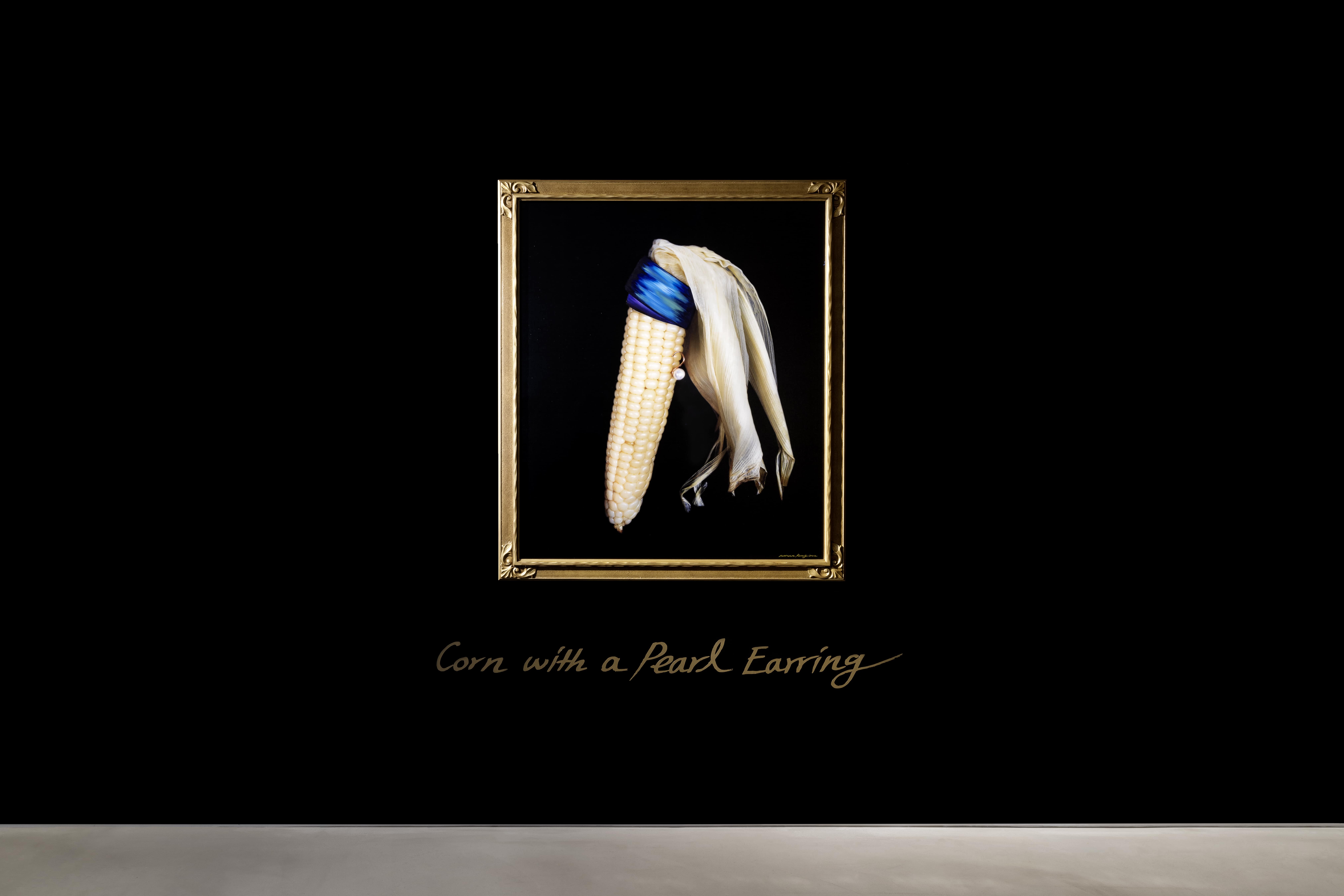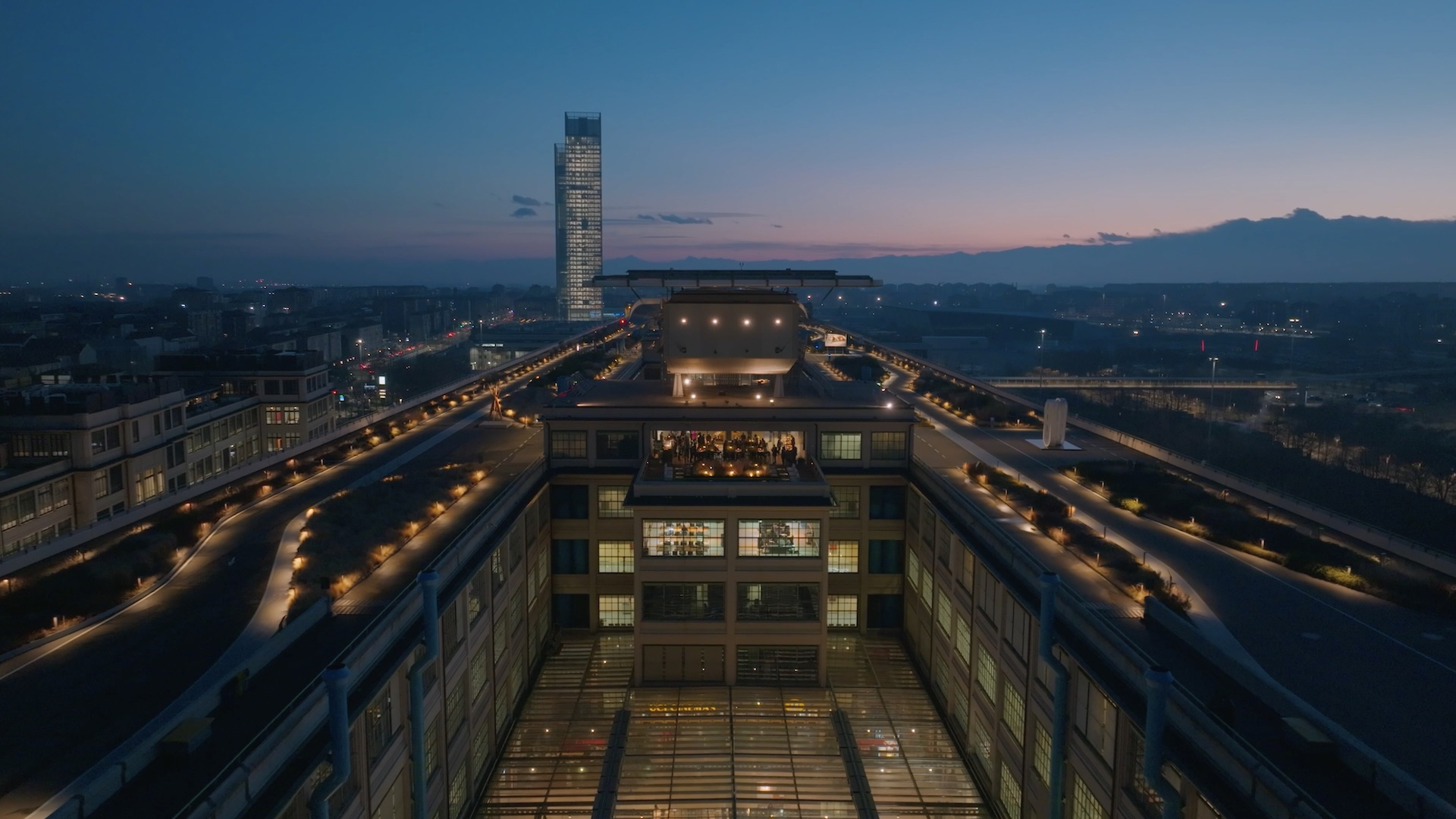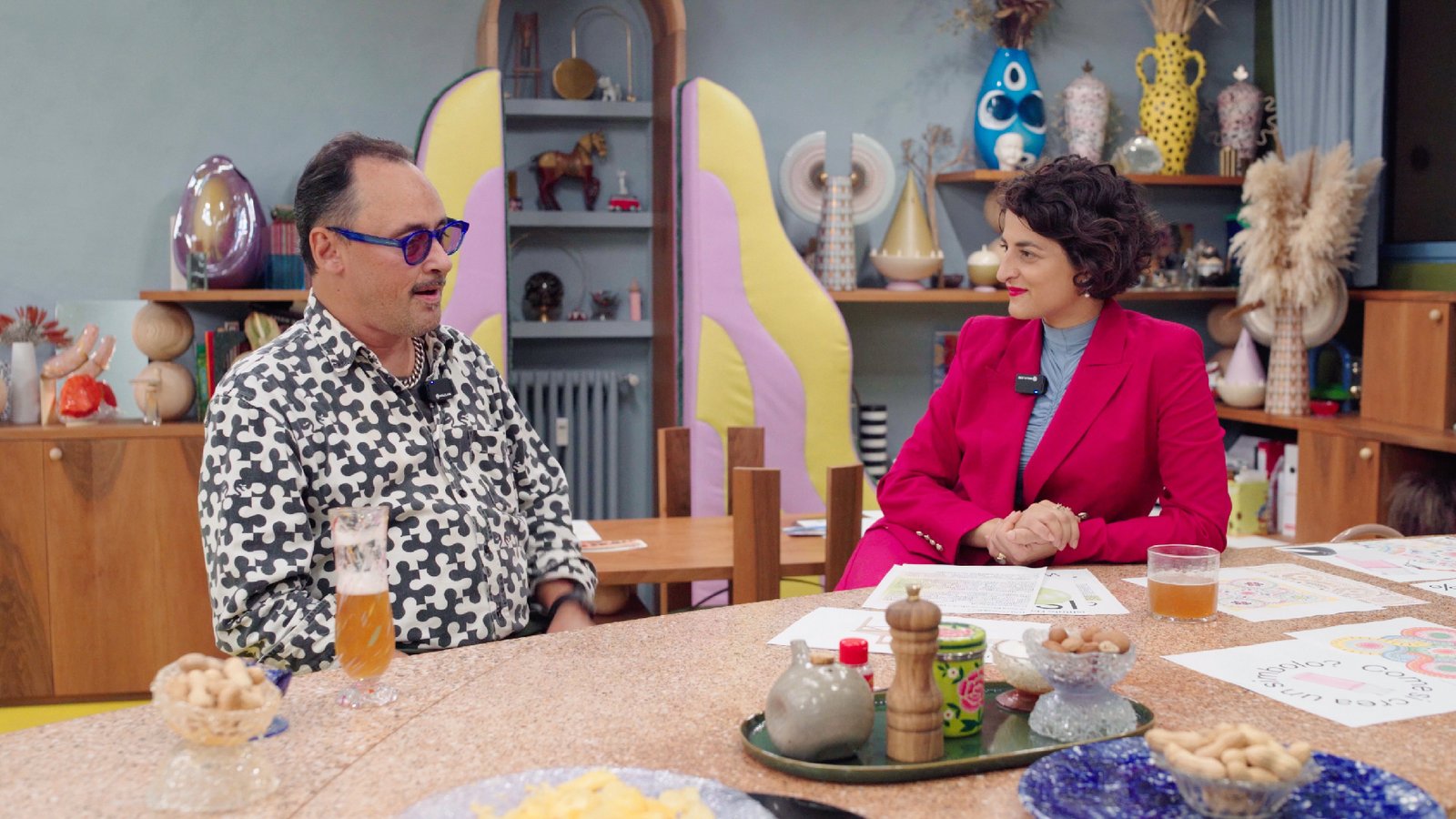
What does it take to be a successful gallerist in Seoul?
Interview with Yeajin Lee, Director of Seojung Art (Seoul and Busan, South Korea)
Yeajin Lee has been at the helm of Seojung Art as it is expanding to become a cultural center in Seoul, fostering international representation of artists and broadening Western understanding of the South Korean art scene through regular participation in art fairs. Today Seoul boasts a younger and more dynamic market that has also been undergoing some positive changes we discussed below.
 Yeajin Lee, Director of Seojung Art
Yeajin Lee, Director of Seojung Art
Nina: As a gallerist successfully working in South Korea do you feel that the current commercial art system is working for you? By this system I mean an interconnected web of relationships existing between an artist, a gallery, and a collector through art fairs or private events and exhibitions with a purpose to collect contemporary art.
Yeajin: The art scene in South Korea has significantly improved compared to the past. Nowadays, there's a robust ecosystem of networks connecting galleries, collectors, art fairs, and museums. The landscape has shifted dramatically since the inaugural Frieze Seoul in 2022. This event brought a wave of international attention to South Korea's art scene, attracting numerous collectors from around the world. As a result, local galleries and artists are now more focused on showcasing and promoting Korean art on a global stage, leading to positive impacts both locally and internationally. This development feels organic, evolving naturally alongside the introduction of Frieze after 2022. Before Frieze, Korea had only local fairs like KIAF and Art Busan, but Frieze Seoul introduced new elements and audiences to the Korean art scene.
Now there are new young international art fairs such as Daegu Art Fair, Gwangju Art Fair, and Preview Art Fair. After Frieze Korean art people started to think about how to introduce and how to express our own culture internationally. Before Frieze, there were only local fairs in Korea – KIAF and Art Busan but now international galleries are opening their branches in Seoul, maybe now we have around 20 big galleries. Korean art ecosystem has changed a lot for the better. It is also a point that it is difficult for a gallery or an artist to be based only in Korea or in Seoul to survive the art ecosystem in Korea because we need to compete internationally.
 “Un certain regard” Kisho Kakutani, Minhye Choi Duo Exhibition July 27 - August 25, 2024 SEOJUNG ART Busan
“Un certain regard” Kisho Kakutani, Minhye Choi Duo Exhibition July 27 - August 25, 2024 SEOJUNG ART Busan
Next year we are opening one more building in Samcheong-dong area where all major galleries are including international galleries because we are thinking of expanding to not only in Korea, we are thinking globally and about world trends and we hope to target international art people, galleries, collectors and artists.
Nina: There is a common understanding among New York gallerists at least that there are far more artists and galleries than collectors who can support them, do you agree with that? And if you agree, how do you think it is possible to change this oversaturation or the structure?
Yeajin: Seoul also has more artists and galleries than collectors. For that reason, I try to discover new collectors and grow them into collectors who consistently buy works.
Also, here the government is making efforts to support art galleries, with the Korean government increasing its budget for art and culture. However, while these efforts are promising, they are still a work in progress and not yet fully effective. For instance, when we participate in an international art fair next year, we’ll be eligible for a government grant. This kind of support has become more accessible since the arrival of Frieze Seoul.
Oversaturation in the market isn't a significant concern yet. However, many artists with the potential to gain international recognition are already represented by galleries. This sometimes creates challenges, as my gallery occasionally faces difficulty in securing new artists who haven't yet been signed by other galleries.
 “합(合):CONFLUENCE” Jungwon Phee October 27 - December 9, 2022 SEOJUNG ART Seoul
“합(合):CONFLUENCE” Jungwon Phee October 27 - December 9, 2022 SEOJUNG ART Seoul
Nina: What do new collectors look for in Asian countries? Do you think this is drastically different from what is in demand in the West?
Yeajin: Collectors in Korea are increasingly seeking out artists who show international potential. They prefer to invest in artists who are likely to make an impact globally. For example, when I visit other countries in the region, I notice that the art scene there is more focused on supporting local artists and culture, with a strong emphasis on preserving and promoting their heritage. In contrast, Korean collectors and artists are more eager to share and promote Korean culture abroad but also bring in new names.
In Korea, artists who work exclusively within the country and are based solely in Seoul may not attract much interest from local collectors. The preferences of collectors here vary widely, ranging from portraits to landscapes, and from abstract to figurative works, with typical prices falling between $10,000 and $20,000.
 “Mellow Island” Simon Ko March 15 – April 21, 2024 SEOJUNG ART Seoul
“Mellow Island” Simon Ko March 15 – April 21, 2024 SEOJUNG ART Seoul
Cover image: “Sitcom 〈The Corn〉 E01. Corn Sweet Corn” Nanan Kang September 3 - October 2, 2022 SEOJUNG ART Seoul
Nina Chkareuli-Mdivani is a Georgian-born, New York-based independent curator, writer and researcher. She is the author of King is Female (2018), the first publication to investigate issues of gender identity in the context of the historical, social and cultural transformation of Eastern Europe over the past two decades. Throughout her career she has lectured worldwide and published numerous articles for magazines such as E-flux, Hyperallergic, Flash Art International, Artforum, MoMa.post, The Arts Newspaper and many others.
Her research delves into the intersection of art history, museology and decolonisation studies, with a focus on totalitarian art and trauma theory, themes he has also explored in the more than ten exhibitions he has curated in New York, Germany, Latvia and Georgia.



